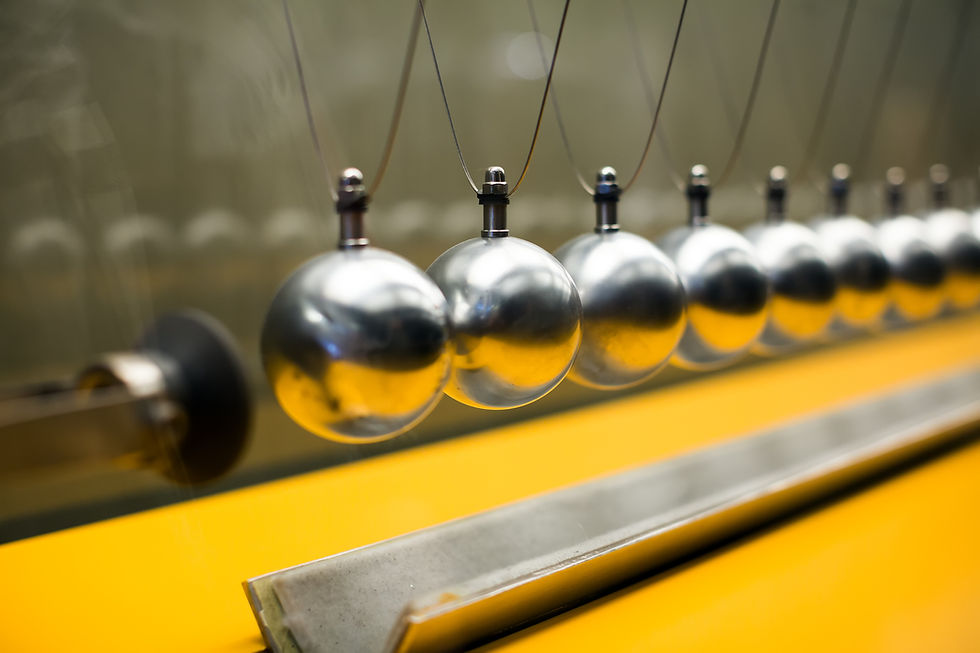Self Decapitating And Growing
- Sandy Woon
- Mar 12, 2021
- 2 min read
Updated: Mar 15, 2021

(image is not an actual Elysia marginata)
Self-decapitation is something humans would never do if they had a choice. Losing your head may be a deadly consequence for almost everyone, except for some creatures, like the sea slug, Elysia marginata.
Sayaka Mitoh, a Ph.D. candidate at Nara Women’s University in Japan, came across her decapitated captive-raised sea slugs, an Elysia marginata.
When Sayaka Mitoh noticed something even more shocking: the severed head of the slug was moving around the tank, eating algae as if its head did not just come off. Although it is able to decapitate its head, the head of a sea slug can take several hours to rip itself loose from its body.
She expected that the slug “would die quickly without a heart and other important organs.” Not only did it continue living, the rest of its body regenerated within three weeks. They began feeding on algae within a few hours after losing their body parts and began to regenerate their heart within seven days.
However, some of the slugs weren’t so lucky. Older ones that hatched 480-520 days prior to their self-decapitation died within 10 days due to the inability to feed themselves. It may seem dumb for the older ones to decapitate, however, they were not going to live long staying in the same body, so attempting to form a parasite-free body seems reasonable.
It was observed that the sea slug’s wound was self-inflicted, almost like it ripped its own head off. Self-amputation isn’t uncommon within animals, however, no animal had ever been observed leaving its entire body.
In a closer inspection, researchers found that sea slugs have a slight groove looped on the back of the head region that seems to work as a break zone. The bodies left behind can still move on their own from a few days to months. The abandoned body doesn’t regrow its head. The remnants of the body instead turn pale and weak and eventually die.
Other creatures can regenerate, too. Planarians can regenerate the whole body from multiple cut pieces. But, the bodies of planarians are simpler and they don’t have hearts. A group of sea squirts called ascidians are considered to be the most complex of whole-body regenerators, however, ascidians also lack a heart. Furthermore, vertebrate regenerators, like salamanders regrowing a tail left in the jaws of a predator, don’t regrow a whole body from a severed head.
These slugs are able to live without some of their vital organs. Although more research is needed, the researchers believe that these sea slugs decapitate when they become infected with internal parasites that prevent reproduction. They doubt that decapitating helps when a predator attacks the sea slugs.
Sources
Marples, Megan. “These Sea Slugs Can Self-Decapitate and Grow a New Body.” CNN, Cable News Network, 8 Mar. 2021, www.cnn.com/2021/03/08/world/sea-slug-decapitation-autotomy-scn/index.html.
Milius, Susan. “A Sea Slug's Detached Head Can Crawl around and Grow a Whole New Body.” Science News, 11 Mar. 2021, www.sciencenews.org/article/sea-slug-detached-head-crawl-regenerate-grow-new-body.
Roth, Annie. “Meet the Sea Slugs That Chop Off Their Heads and Grow New Bodies.” The New York Times, The New York Times, 8 Mar. 2021, www.nytimes.com/2021/03/08/science/decapitated-sea-slugs.html?referringSource=articleShare.



Comments